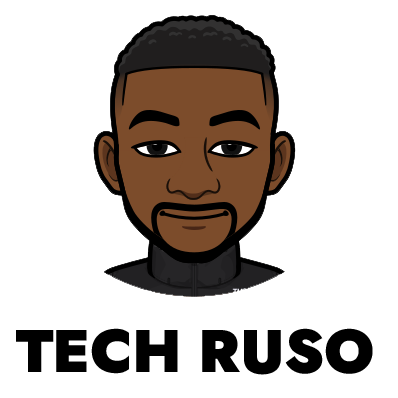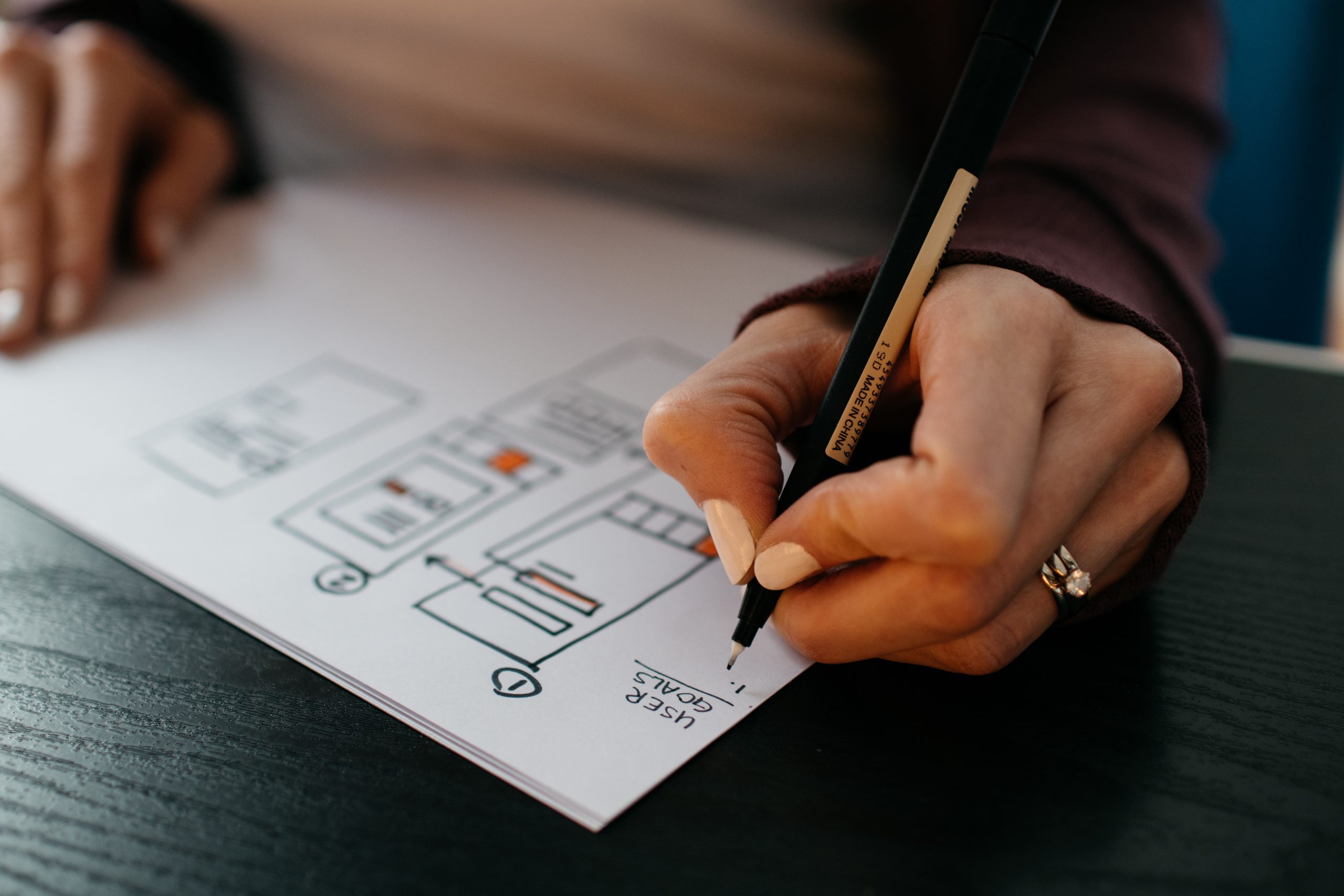Introduction:
In the digital age, the ability to create captivating and user-friendly websites is a valuable skill. Web design combines creativity and technical know-how to build visually appealing and functional online experiences. If you’re a beginner eager to dive into the world of web design, this article will provide you with a roadmap to get started on your exciting journey.
- Understanding the Basics: HTML and CSS
At the heart of every web page are two essential languages: HTML (Hypertext Markup Language) and CSS (Cascading Style Sheets). HTML provides the structure of your webpage, while CSS is responsible for styling and layout. Begin by learning the basic HTML tags and how to use CSS to control colors, fonts, and spacing. Online platforms like Codecademy, W3Schools, and Mozilla Developer Network offer excellent tutorials for beginners.
- Responsive Design: Designing for All Devices
One of the key principles of modern web design is responsiveness. Your website should look great and function seamlessly on a variety of devices, from desktops to smartphones. Learn how to use media queries in CSS to adapt your design based on different screen sizes. This ensures a positive user experience across the ever-expanding range of devices.
- Choosing the Right Tools: Text Editors and Design Software
As a beginner, choosing the right tools can significantly impact your workflow. Start with a simple and user-friendly text editor for coding, such as Visual Studio Code, Atom, or Sublime Text. These editors offer features like syntax highlighting and autocompletion, making coding more efficient. Additionally, familiarize yourself with design software like Adobe XD, Figma, or Sketch for creating mockups and wireframes.
- Learn Basic Design Principles: Colors, Typography, and Layout
Good design goes beyond code. Understanding basic design principles is crucial for creating visually appealing websites. Experiment with color theory, learn how to choose complementary color schemes and understand the psychology behind different colors. Explore typography and discover the impact of fonts on user experience. Study layout design to create balanced and aesthetically pleasing web pages.
- Responsive Frameworks: Bootstrap and Beyond
Responsive frameworks like Bootstrap provide pre-built components and styles that make it easier to create a responsive and visually consistent design. Bootstrap, in particular, is beginner-friendly and widely used in the industry. Explore other frameworks like Foundation or Tailwind CSS to find the one that suits your preferences and project requirements.
- JavaScript: Adding Interactivity
While HTML and CSS lay the foundation, JavaScript adds interactivity to your web pages. Start by learning the basics of JavaScript, such as variables, functions, and events. As you progress, explore popular JavaScript libraries and frameworks like jQuery, React, or Vue.js. These tools will empower you to create dynamic and engaging user interfaces.
- Build a Portfolio: Showcase Your Work
As you gain confidence in your web design skills, start building a portfolio to showcase your projects. Your portfolio is not only a testament to your abilities but also a valuable tool for attracting potential clients or employers. Include a variety of projects that demonstrate your range, from simple static websites to more complex, interactive applications.
Conclusion:
Embarking on the journey of web design as a beginner may seem overwhelming, but with dedication and a systematic approach, you can build a strong foundation. Remember to practice regularly, seek out tutorials and resources, and stay curious about the ever-evolving world of web design. As you gain experience, you’ll find your unique style and preferences, making your mark in the exciting realm of web development. Happy coding!


